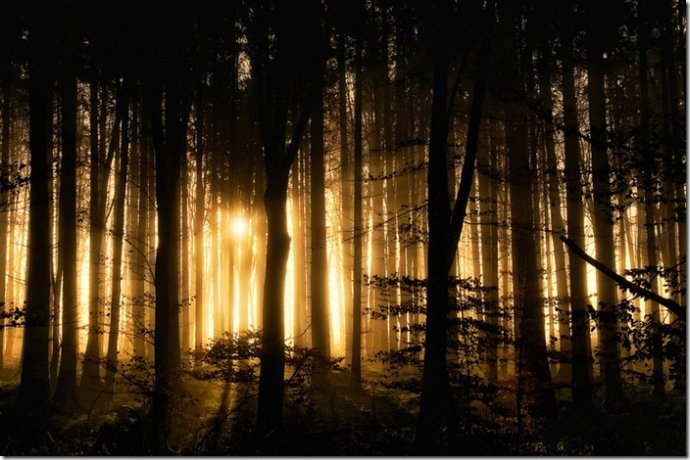In the wonderful world of photography, types of light are like a silent artist, endowing each piece of work with a unique temperament and soul. It is not only a key element for recording images but also a powerful weapon for creating stunning visual effects and conveying emotions.

Natural light is undoubtedly the most common and changeable type of light. In the early morning, the soft and chilly dawn light gently covers the earth like a veil. When shooting landscapes at this time, a peaceful, serene and slightly mysterious atmosphere can be created. For example, when shooting a sunrise by the sea, the golden sunlight just penetrates the clouds and shines on the glistening sea surface. The shells and rocks on the beach are outlined with delicate contours, and the whole picture is full of vitality and hope. In the evening, the afterglow of the setting sun dyes the world in warm tones, and the long shadows add rich layers to the scenery.

When photographing people, this warm light can make people’s skin look smoother and warmer, and their expressions seem softer. On cloudy days, natural light becomes even and soft, without strong contrasts between shadows and highlights, which is suitable for shooting some subjects that require the expression of fine textures, such as flower photography and macro photography, as it can accurately restore the details and colors of objects.
Artificial light provides photographers with more creative control. Flash is one of the commonly used ones. When shooting indoors or when it is necessary to freeze a momentary action, the flash can instantly illuminate the subject and capture a clear image. For example, when shooting sports events, the flash can freeze the vigorous postures and wonderful moments of athletes, and its intense light can also create a tense and exciting atmosphere. The warm-yellow light emitted by tungsten lamps has a retro charm and is often used to create warm and nostalgic scenes, such as shooting retro-style portraits or still lifes indoors. Fluorescent lamps, on the other hand, produce relatively cool-white light, which is more suitable for some commercial photography or shooting that needs to highlight simplicity and a modern feel.
Side light is a highly expressive type of light. When light shines on the subject from the side, it will form a distinct contrast between light and dark, thus shaping the three-dimensionality and texture of the object. When shooting portrait photography, side light can highlight the contours of a person’s face. Parts like the bridge of the nose and cheekbones become more distinct under the light, and the eyes will look deeper because of the contrast of shadows. For architectural photography, side light can clearly show the structure and texture of the building, making the texture of bricks and stones and the lines of walls come alive.
Backlight is good at creating dramatic effects. When the subject is located between the light source and the lens, a silhouette effect will be produced, which is simple and artistic. For example, when shooting the back of a person against the setting sun, the outline of the person forms a distinct silhouette against the bright sky background. Without too much detail description, it can convey a feeling of loneliness, remoteness or mystery. When shooting transparent or semi-transparent objects, backlight can also make the objects look crystal clear and beautiful. For instance, when shooting flower petals with dewdrops in the early morning, the dewdrops under backlight are like bright pearls.
Top light also has unique uses in certain situations. At noon, the strong top light will form obvious shadows on parts like the eye sockets and chins of people. However, if used properly, it can be used to shoot fashion photos with strong contrasts between light and shadow. For example, when shooting some fashion models with flamboyant and tough styles, the shadows created by top light can strengthen the facial contours and expressions of the models, showing a cold and unrestrained temperament.
The skillful use of types of light is one of the core mysteries in the art of photography. Photographers need to have a deep understanding of the characteristics of various types of light and flexibly choose and use light according to the theme, object and the emotions they want to convey in the shooting. Through continuous practice and exploration, they can master this light and shadow magic, use light to weave amazing visual stories, and make the audience feel as if they were on the scene and experience the temperature and emotions conveyed by light when they appreciate the photos. Whether it is capturing the wonderfulness of a moment or showing delicate emotions, types of light play an indispensable role on the stage of photography. It is the most flexible brush in the hands of photographers, painting endless visual possibilities.
